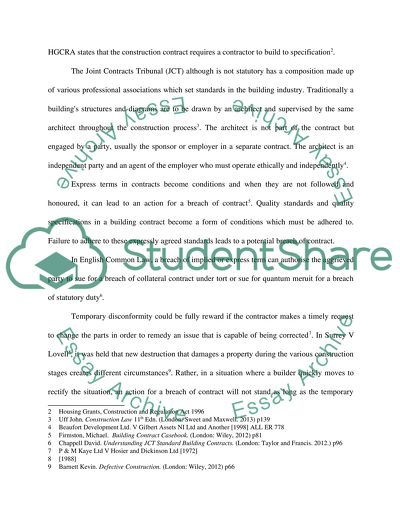Cite this document
(“Construction Law Essay Example | Topics and Well Written Essays - 3500 words”, n.d.)
Construction Law Essay Example | Topics and Well Written Essays - 3500 words. Retrieved from https://studentshare.org/law/1491549-construction-law
Construction Law Essay Example | Topics and Well Written Essays - 3500 words. Retrieved from https://studentshare.org/law/1491549-construction-law
(Construction Law Essay Example | Topics and Well Written Essays - 3500 Words)
Construction Law Essay Example | Topics and Well Written Essays - 3500 Words. https://studentshare.org/law/1491549-construction-law.
Construction Law Essay Example | Topics and Well Written Essays - 3500 Words. https://studentshare.org/law/1491549-construction-law.
“Construction Law Essay Example | Topics and Well Written Essays - 3500 Words”, n.d. https://studentshare.org/law/1491549-construction-law.


